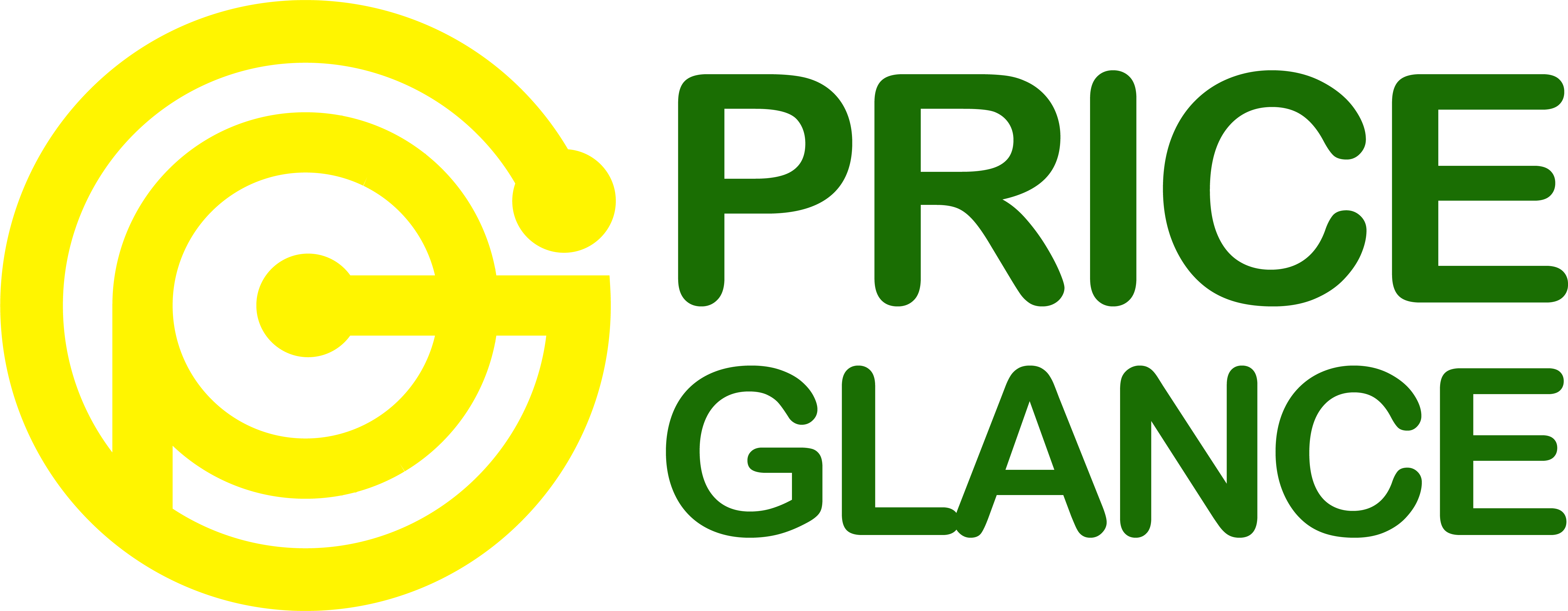
In the increasingly competitive world of e-commerce, maintaining competitiveness has become more crucial than ever before. One effective way to ensure you stay at competitive pricing levels is by utilizing “Price Scraping.” In this article, we will explore Price Scraping for E-commerce and how it can help you maintain competitiveness.
Price Scraping for E-commerce
Price Scraping for E-commerce, also known as web scraping for pricing, is an automated process of collecting price information from e-commerce websites and online stores. It enables you to capture the pricing of specific products or services in the market and provides valuable insights into the pricing of your competitors.
Why Price Scraping Matters for Competitiveness in E-commerce?
1. Competitive Pricing Strategies
Price Scraping allows you to research and monitor the pricing strategies of your competitors. By comparing your prices with those of your competitors, you can adjust your pricing strategy for more effective competitiveness. If you know that a competitor is discounting a specific product, you can quickly respond by either lowering your own product’s price or offering attractive promotions.
2. Price Comparison in E-commerce
Consumers often search and compare prices online before making a purchase. By scraping prices, you can understand how your prices stack up against those of your competitors. This helps you optimize your pricing to attract customers and gain a competitive edge.
3. Data Collection Techniques
Price Scraping employs automated data collection techniques, saving you time and effort compared to manual price comparisons. Price scraping tools can automatically scan and collect information from various sources, including large e-commerce websites and online stores.
4. E-commerce Competitor Analysis
Price Scraping enables you to conduct in-depth competitor analysis. You can examine not only prices but also other factors such as product quality, shipping policies, and customer service. This helps you gain a better understanding of your position in the market and find ways to improve.
How to Implement Price Scraping for E-commerce
1. Web Scraping for Pricing Insights
Start by identifying the websites or data sources you want to monitor. Then, use scraping tools like Scrapy or BeautifulSoup to automatically gather information on prices and product details from these websites.
2. Dynamic Pricing Optimization
Based on the data collected from Price Scraping, you can implement dynamic pricing optimization. This means you can change product prices based on factors like supply and demand for specific products.
3. Price Monitoring Tools
Numerous price monitoring tools and software are available to automate checking and updating product prices. This helps you maintain the most up-to-date price information and respond swiftly to market fluctuations.
Competitive Intelligence
Price Scraping not only helps you capture pricing information but also provides insights into your competitive landscape. You can monitor their pricing strategies, promotion policies, and new product offerings, allowing you to stay ahead in the competitive e-commerce market.
Scraping Price and Price Glance: Price Scanning Tools for Convenience and Efficiency
In summary, monitoring prices through web scraping is a powerful and valuable tool that brings many benefits to both consumers and businesses. By extracting price data from various online sources, businesses can make informed decisions based on market analysis and gain a competitive edge. It allows businesses to track the pricing strategies of their competitors, optimize their own pricing, and stay updated on the latest market trends.
Web scraping for price monitoring is not only legal but also an ethical means of accessing publicly available data. By adhering to website rules and respecting their terms of use, businesses can harness the full potential of price monitoring without legal concerns.
One of the standout solutions for price monitoring is “Price Glance,” where users can experience the efficiency and convenience of automated data extraction. This platform streamlines the working process, enabling both large and small businesses to efficiently collect and analyze price information.
Furthermore, for users interested in the benefits of Price Glance, the platform offers a free trial period. This allows potential users to directly experience the value and functionality of the service without any commitments, creating an excellent opportunity to see how web scraping can enhance their price monitoring and decision-making processes.
Overall, web scraping for price monitoring enables businesses to make data-driven decisions, gain a deeper understanding of the market, and maintain competitiveness in the ever-evolving e-commerce landscape. With the advanced solutions of Price Glance, users can access accurate and real-time pricing data, providing them with a competitive advantage and the ability to drive successful business development.
Conclusion
In conclusion, price collection for E-commerce is a powerful tool for staying competitive in the ever-evolving online retail landscape. By effectively utilizing price collection techniques and data, businesses can make informed pricing decisions, attract customers, and maintain their competitiveness in the market.
